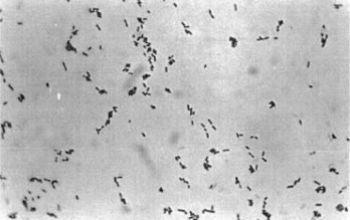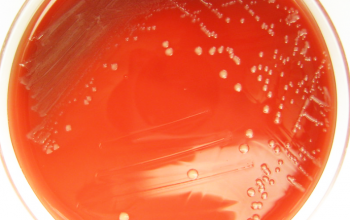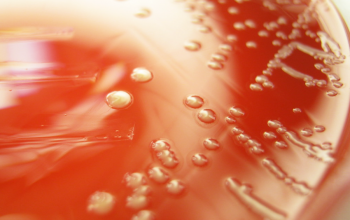Neisseria elongata
-
General information
Taxonomy
Family: Neisseriaceae
3 subspecies
- N. elongata subsp. elongata
- N. elongata subsp. gycolytica
- N. elongata subsp. nitroreducens
Natural habitats
They colonizes the oral cavity and respiratory tract of humans.
The color of colonies ranges from light grey to buff.
Clinical significance
This causes diseases in an opportunistic fashion.
They were occasionally recovered as causitive agents of endocarditis.
-
Gram stain
Gram negative short rods
of ca. 0.5 µm
frequently arranged as diplobacilli or in chains
While Neisseria species are gram negative, occasionally a tendency to withstand decolorization.
-
Culture characteristics
-
Obligate aerobic
5% CO2 improves the growth
BA: they form grayish white, semiopaque colonies, wich have a diameter up to 3 mm after 48 h of incubation.
McConkey: no growth
BBAØ: no growth
-
-
Characteristics
-
References
James Versalovic et al.(2011) Manual of Clinical Microbiology 10th Edition
Karen C. Carrol et al (2019) Manual of Clinical Microbiology, 12th Edition




